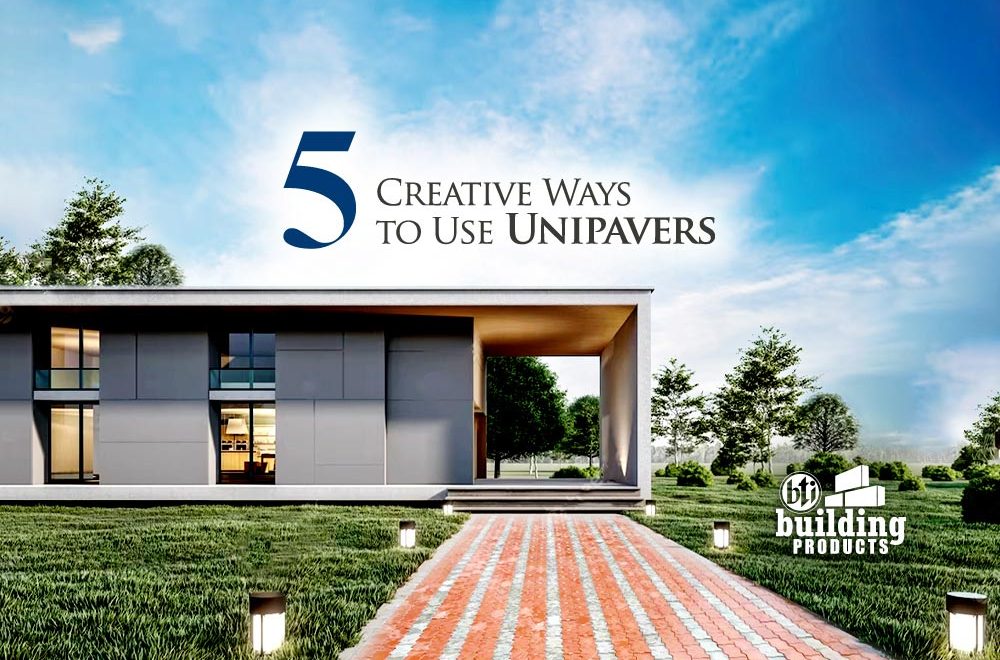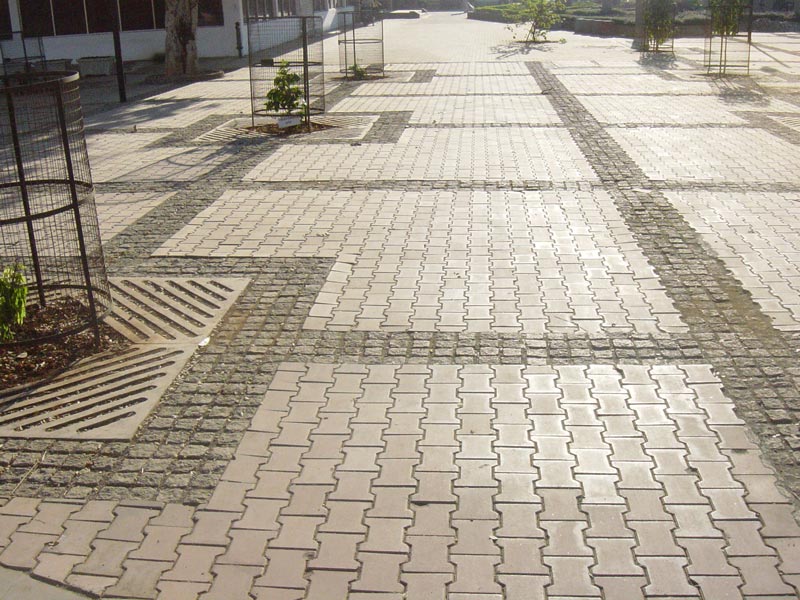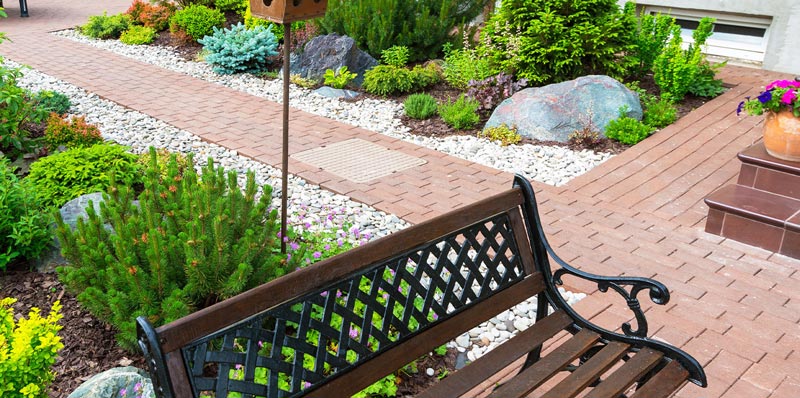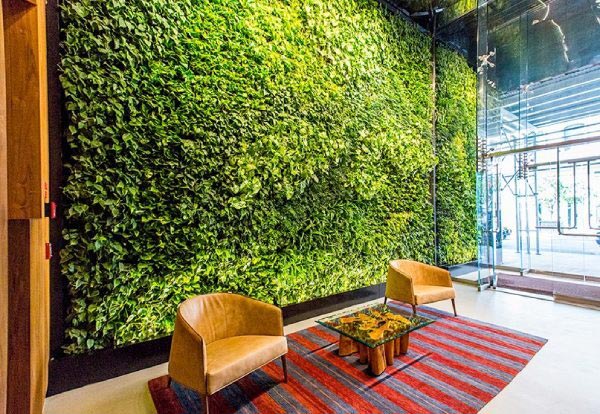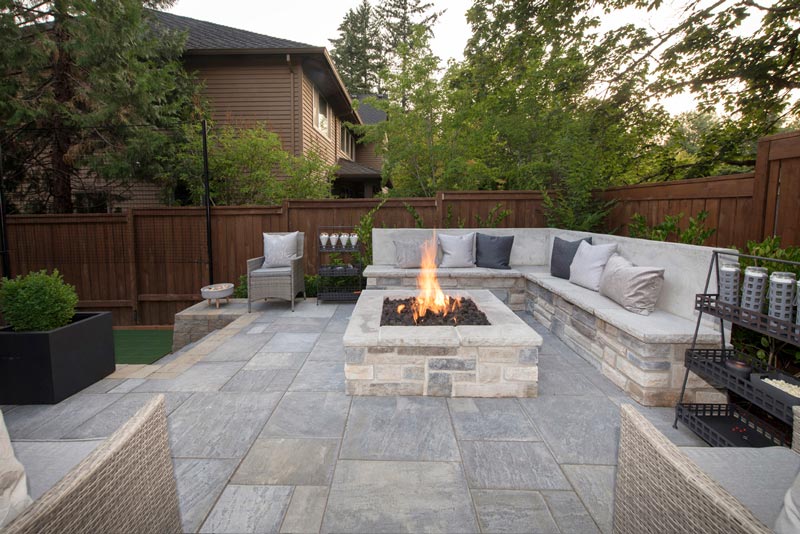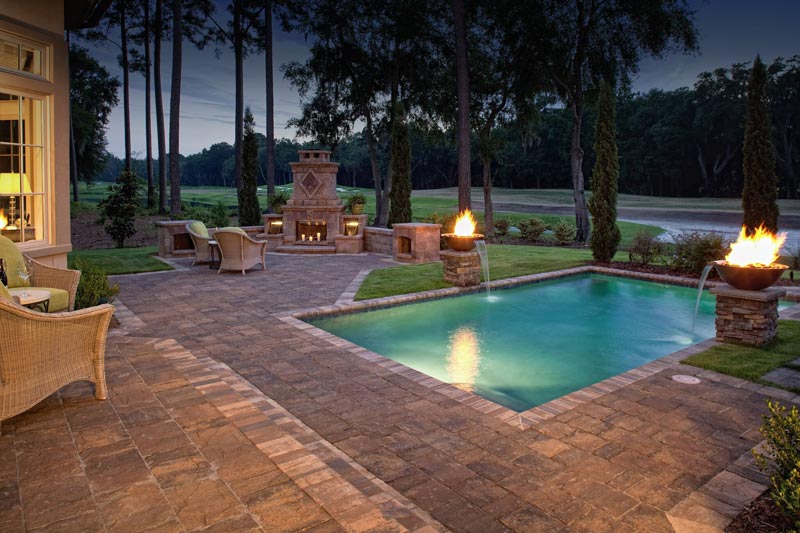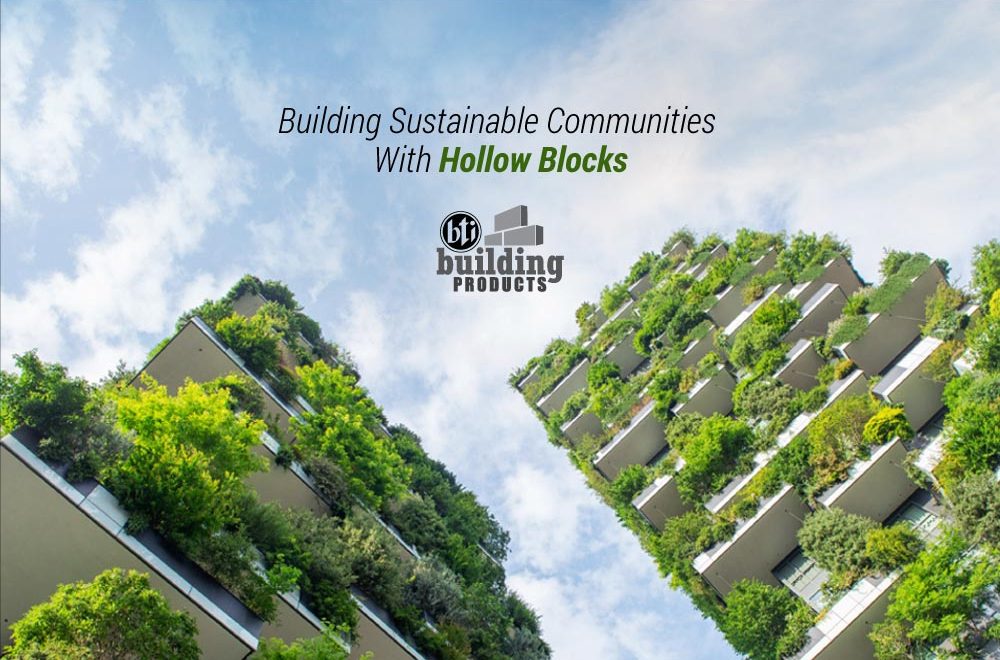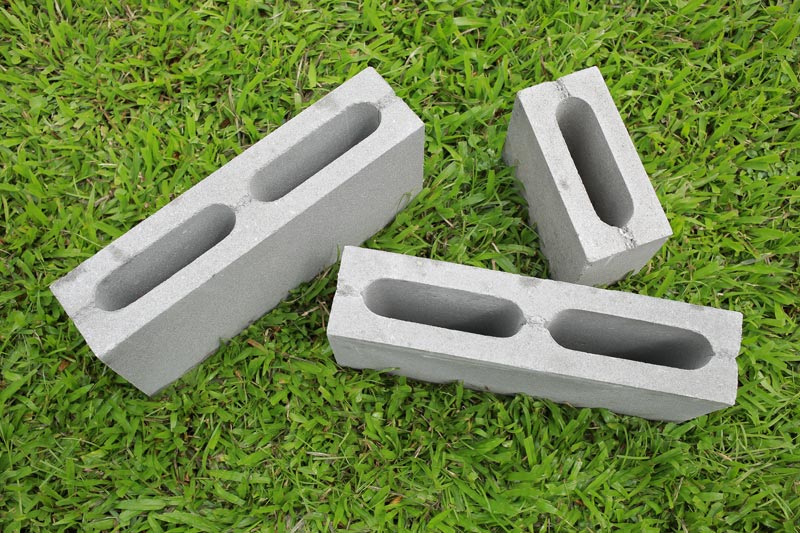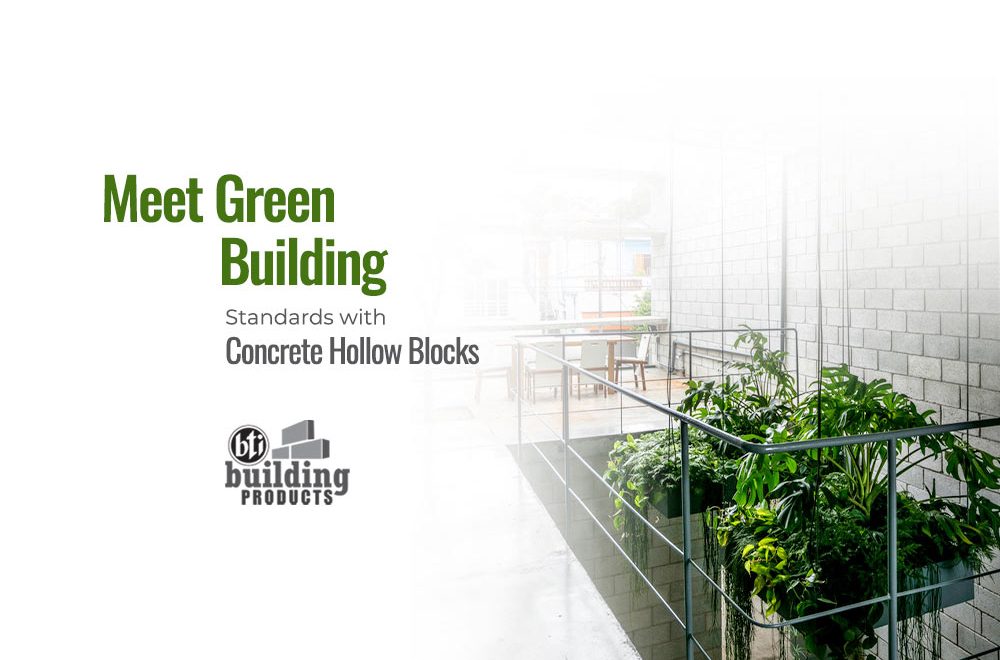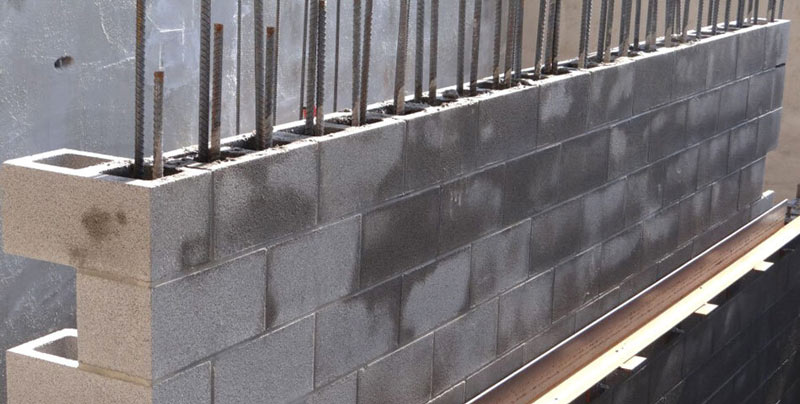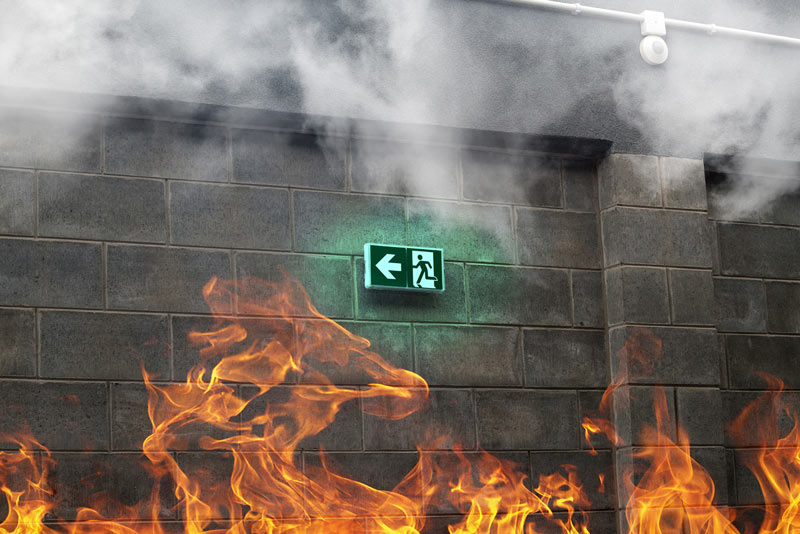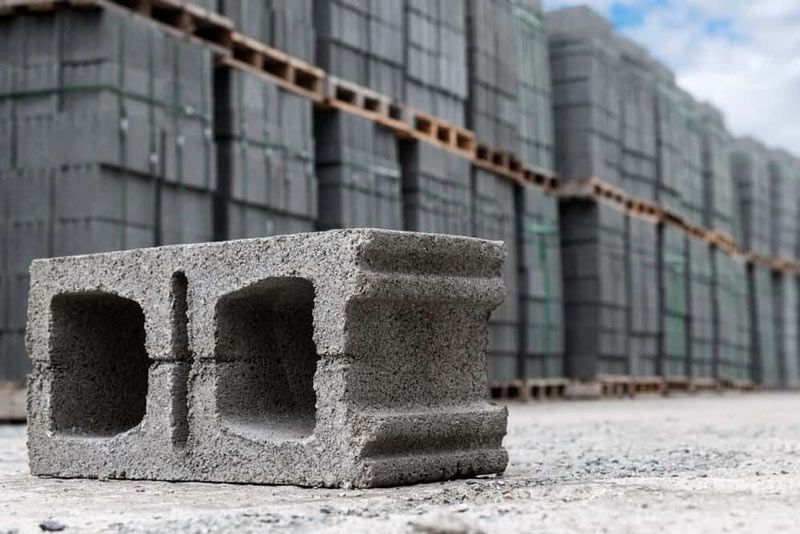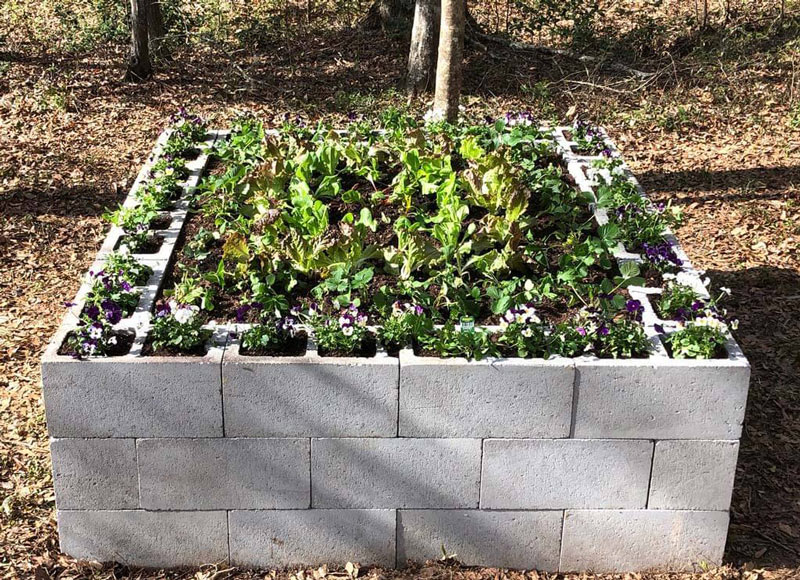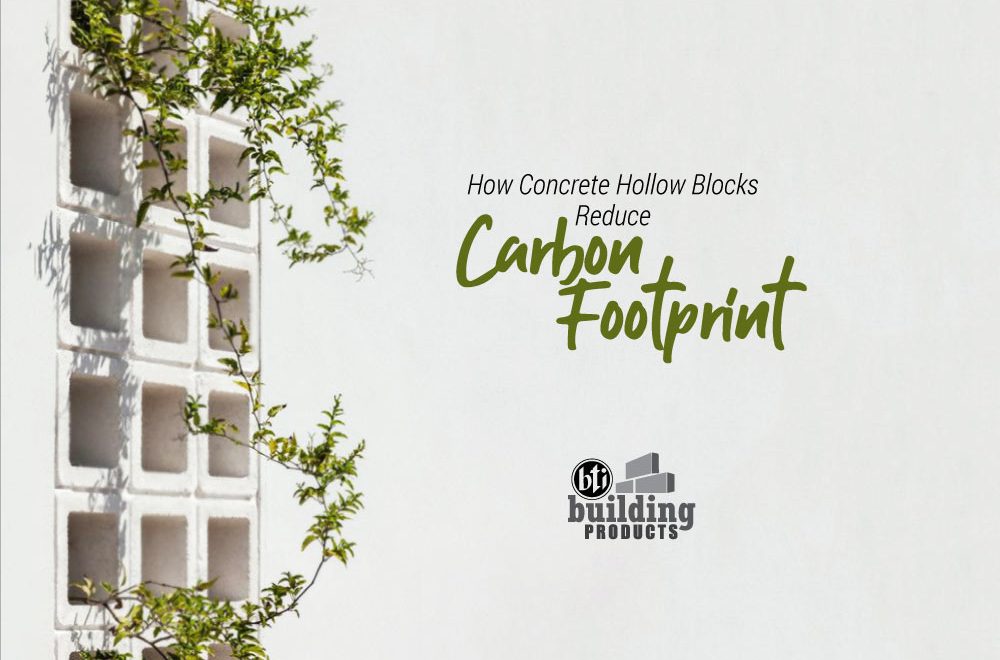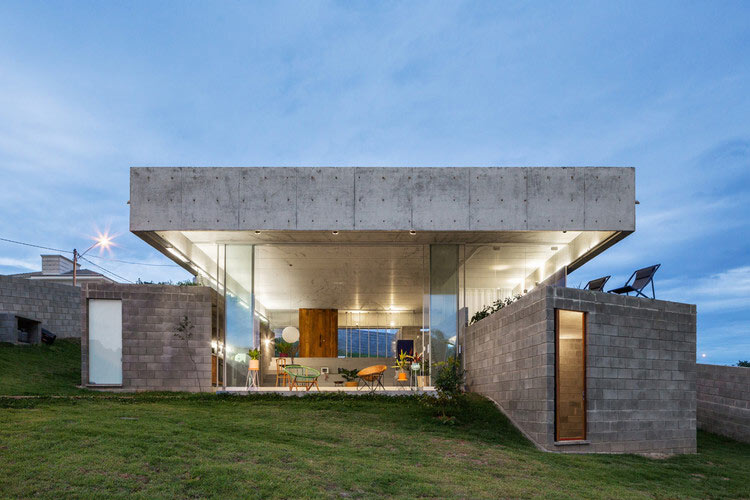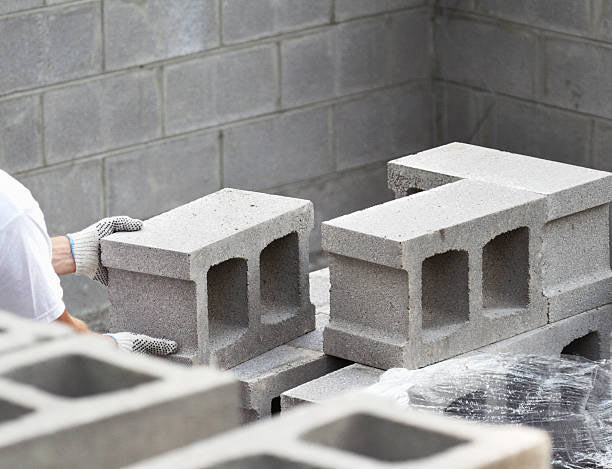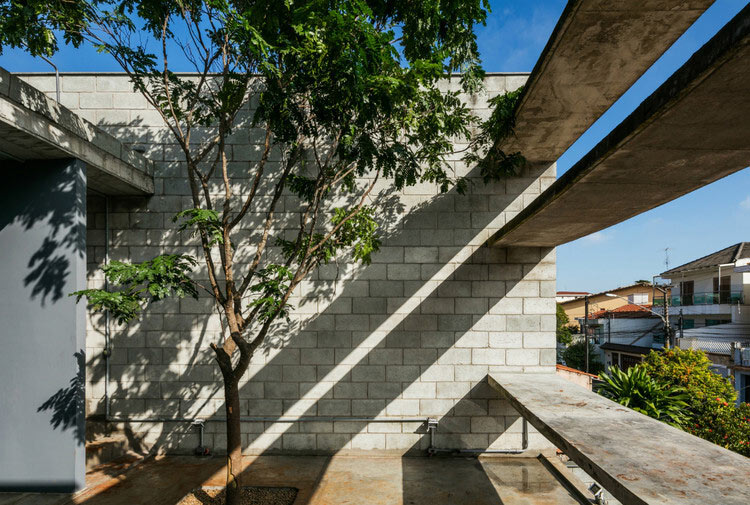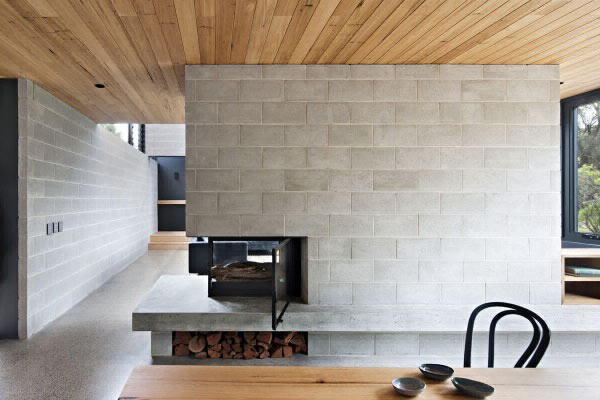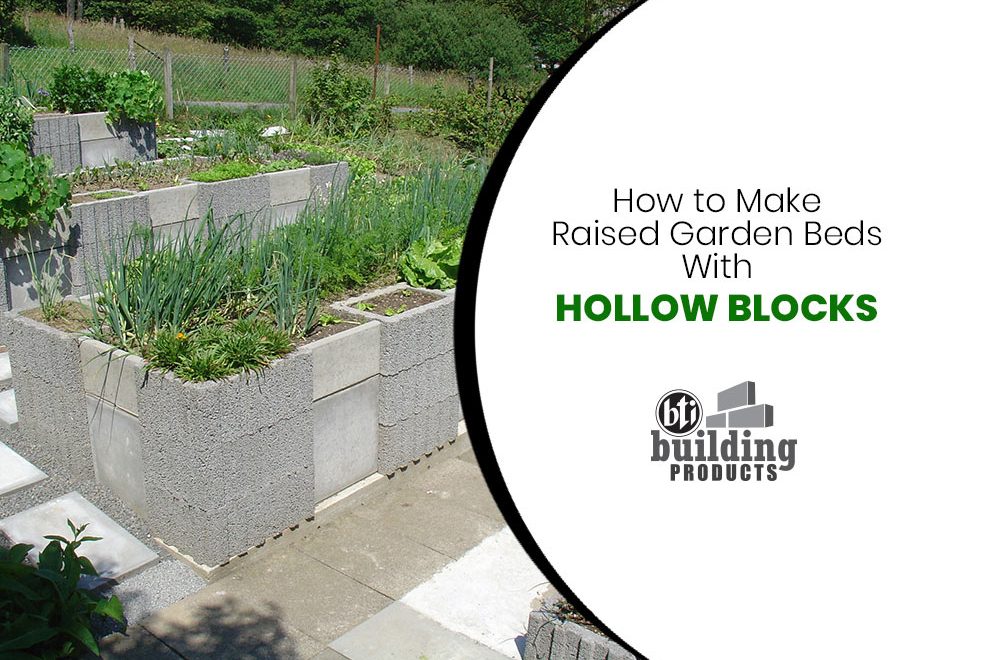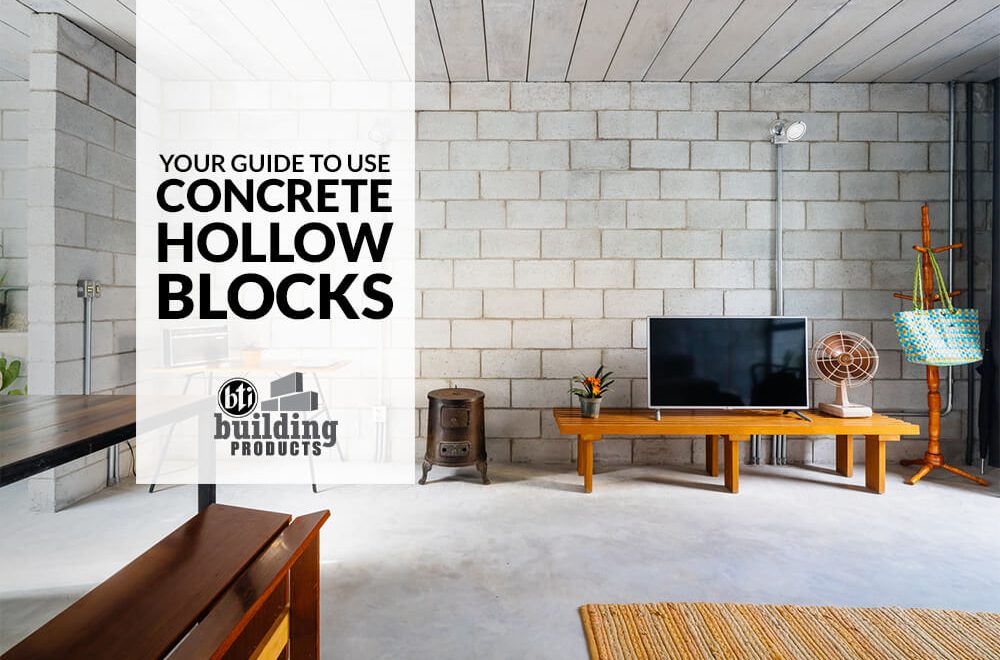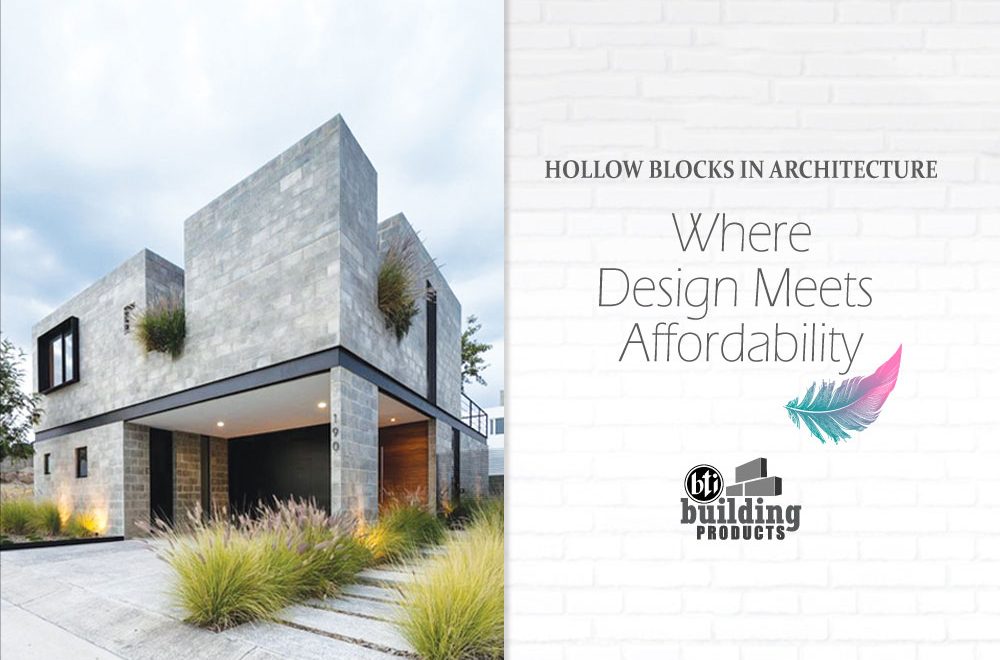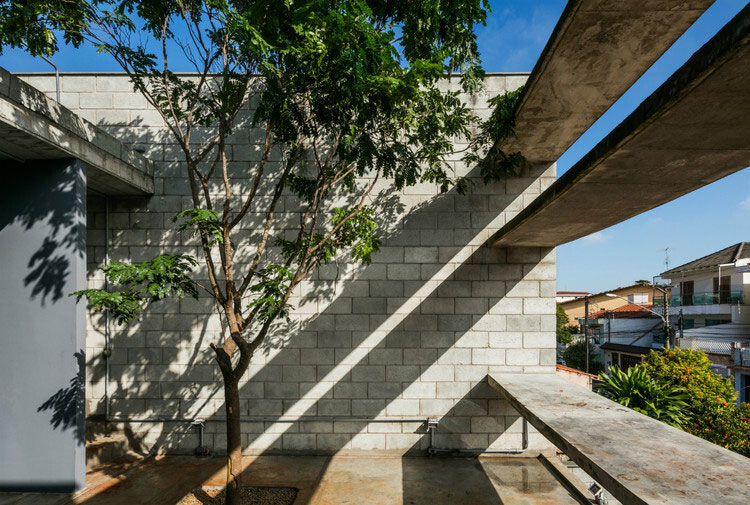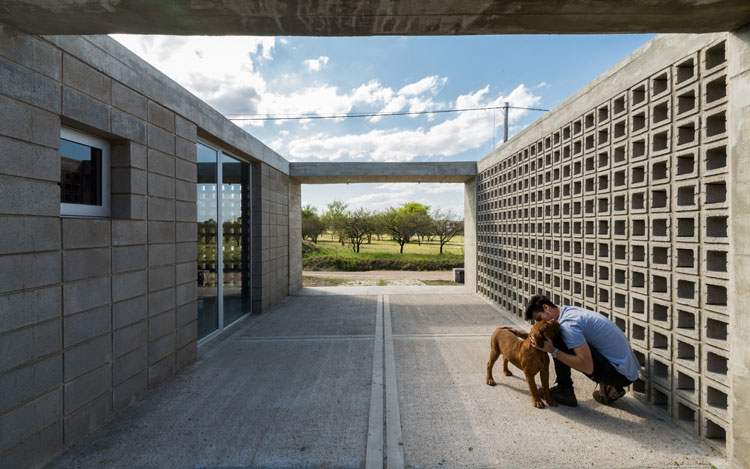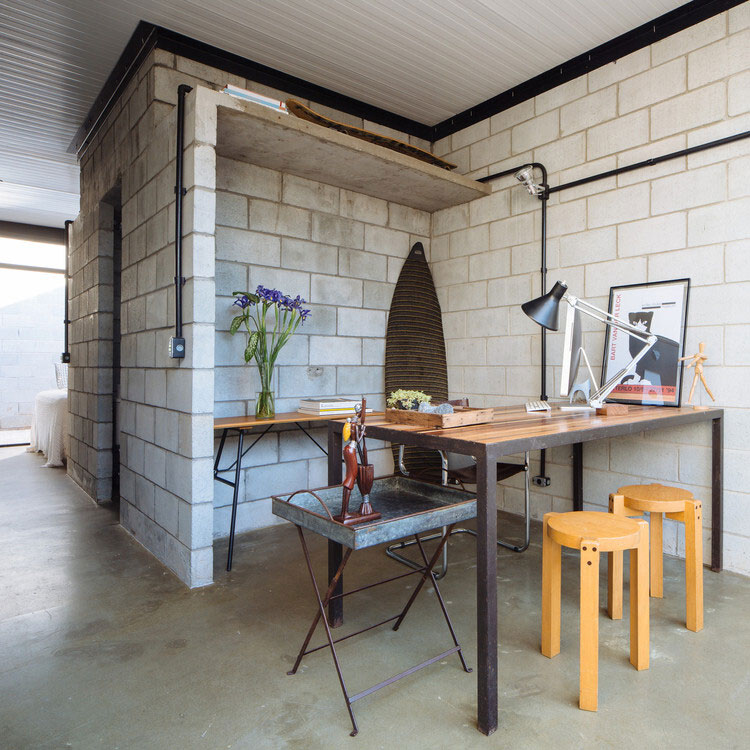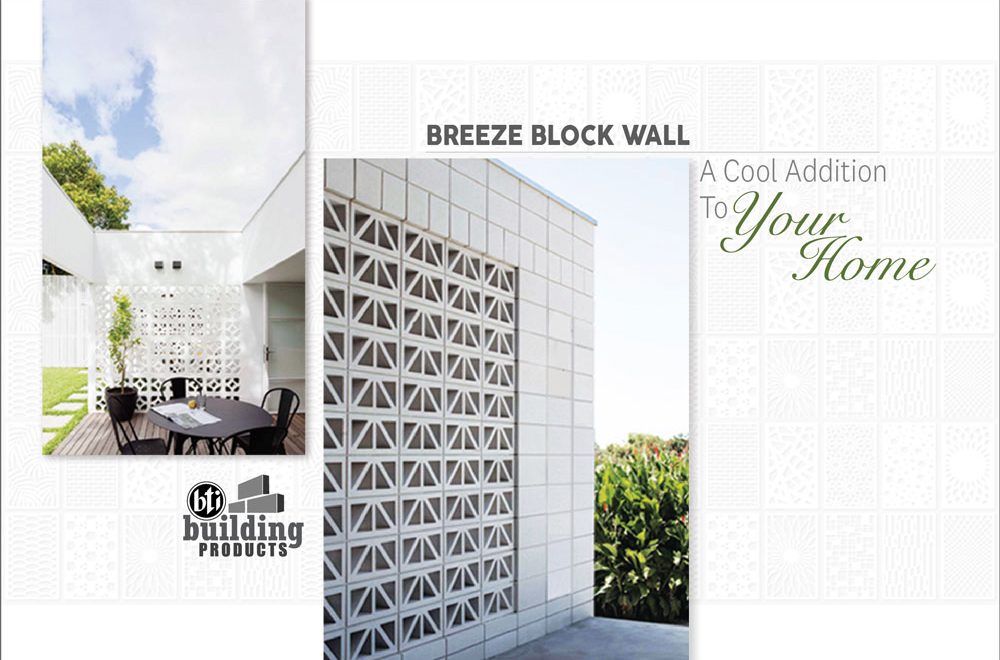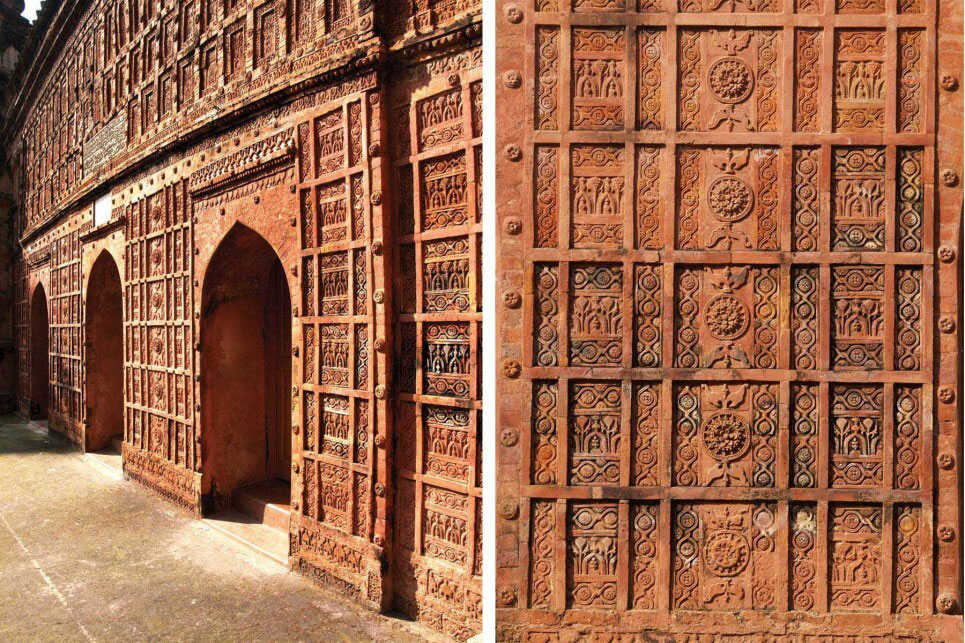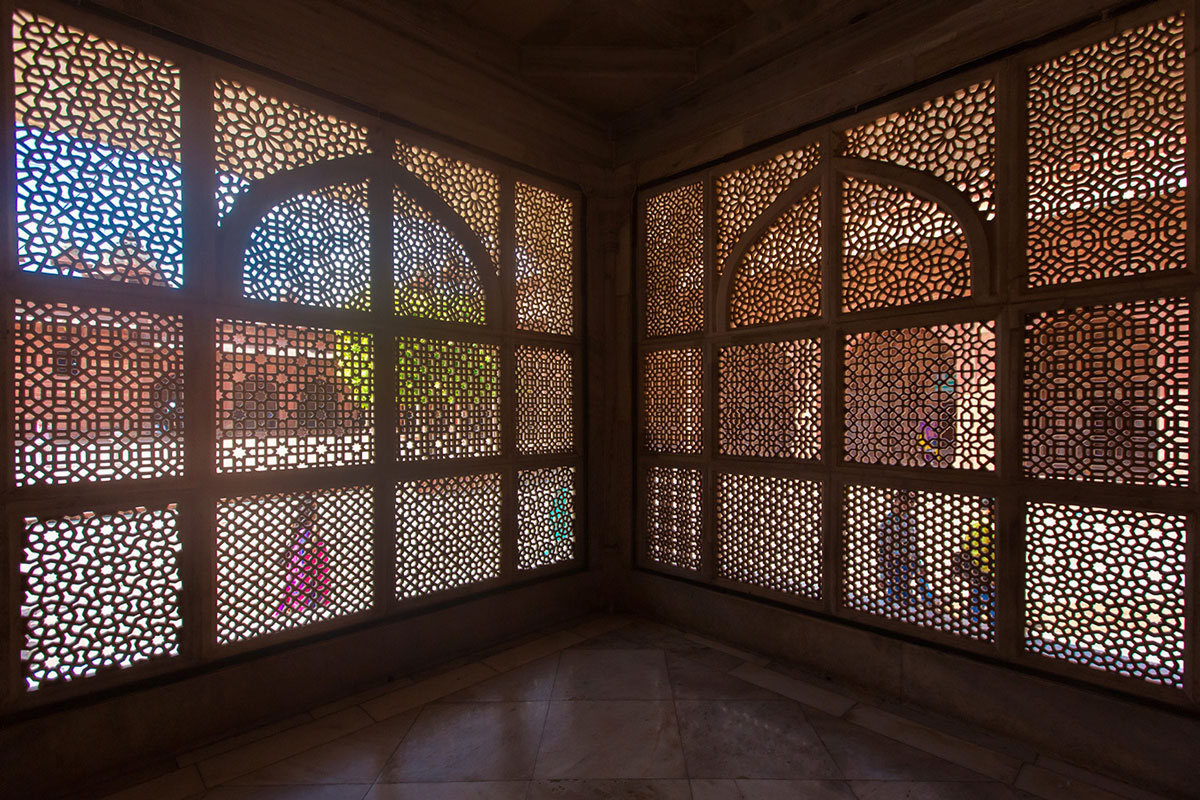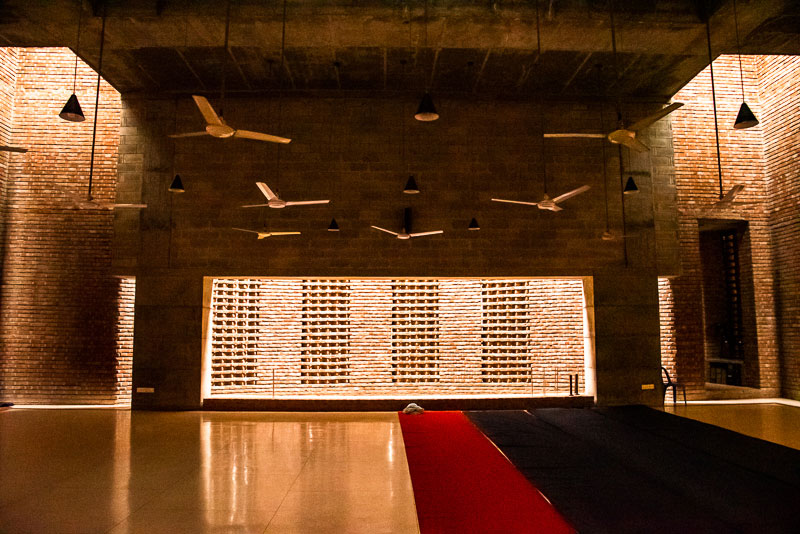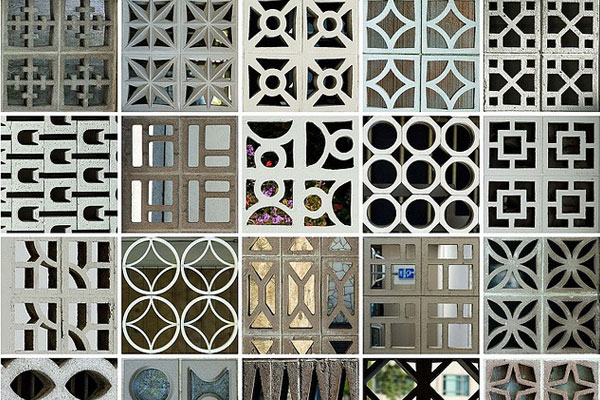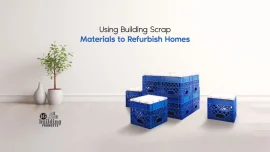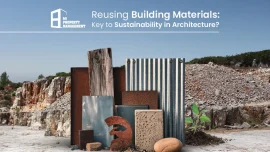5 Creative Ways of Using Unipavers: Enhancing Your Space with Style
Introduction
Unipavers, also known as interlocking concrete pavers, are versatile building materials commonly used for creating driveways, walkways, and patios. However, their potential extends far beyond the traditional applications.
In this blog post, we will explore five creative and innovative ways to use unipavers to elevate your space with style. From unique landscaping ideas to functional home improvements, these exciting applications will surely inspire your next project.
1. Artistic Paver Designs
Source: Vitcotiles
Unipavers offer the opportunity to transform your outdoor spaces into mesmerizing works of art. Instead of the usual monotonous patterns, consider creating intricate designs or mosaics with various colored pavers.
Whether it’s a nature-inspired motif, a geometric pattern, or a customized logo, the possibilities are endless. These artistic paver designs can add a touch of personality and uniqueness to your garden, patio, or driveway, making your property stand out in the neighborhood.
2. Garden Pathways
Source: Living color garden center
Take your garden aesthetics to the next level by incorporating unipavers into your garden pathways. Unipavers offer a stable surface that prevents soil erosion while allowing water to permeate through the gaps, promoting better drainage.
You can create meandering paths that lead visitors through the lush foliage, or strategically position pavers to highlight specific garden features like fountains or sculptures. The contrast between the greenery and the pavers will create a visually stunning effect that harmoniously blends with nature.
3. Vertical Gardens and Green Walls
Source: Gharpedia
Utilize unipavers as the foundation for building vertical gardens and green walls. These structures are not only aesthetically pleasing but also space-efficient, making them ideal for urban environments with limited garden space.
The interlocking design of the pavers makes them a stable base for mounting planters or creating hanging gardens. Additionally, the porous nature of concrete pavers ensures adequate water drainage and prevents waterlogging, which is crucial for the health of your plants.
4. Outdoor Patio
Source: Paradise Restored Landscaping
Unipavers can be employed creatively to create an outdoor seating or dining area. By leveling the ground and arranging the pavers into a flat surface, you can place outdoor furniture such as tables and chairs, effectively designing an elegant alfresco lounge or dining space.
This setup provides an ideal space for hosting outdoor gatherings, BBQs, or simply relaxing under the open sky. Add some fairy lights or lanterns for a touch of ambiance during evening gatherings.
5. Splash of Color in Pool Decks
Source: American Paving Design
Pool decks often consist of plain concrete, which can be quite dull. Unipavers come to the rescue with a wide range of color options. Use colorful pavers to revamp your poolside area and inject life into your outdoor space.
Opt for slip-resistant pavers to ensure safety around the pool. The vibrant hues will not only enhance the pool’s aesthetics but also create a lively and inviting atmosphere for you and your guests to enjoy.
Conclusion
Unipavers are much more than just utilitarian construction materials; they offer endless opportunities for creativity and innovation. Whether it’s transforming your garden into an artistic paradise or creating functional outdoor spaces that blend seamlessly with nature, unipavers have the potential to elevate your space with style.
Embrace these five creative ideas and bring your imagination to life, adding charm and elegance to your property in the process. So, unleash your creativity and embark on your next uni paver project today!


